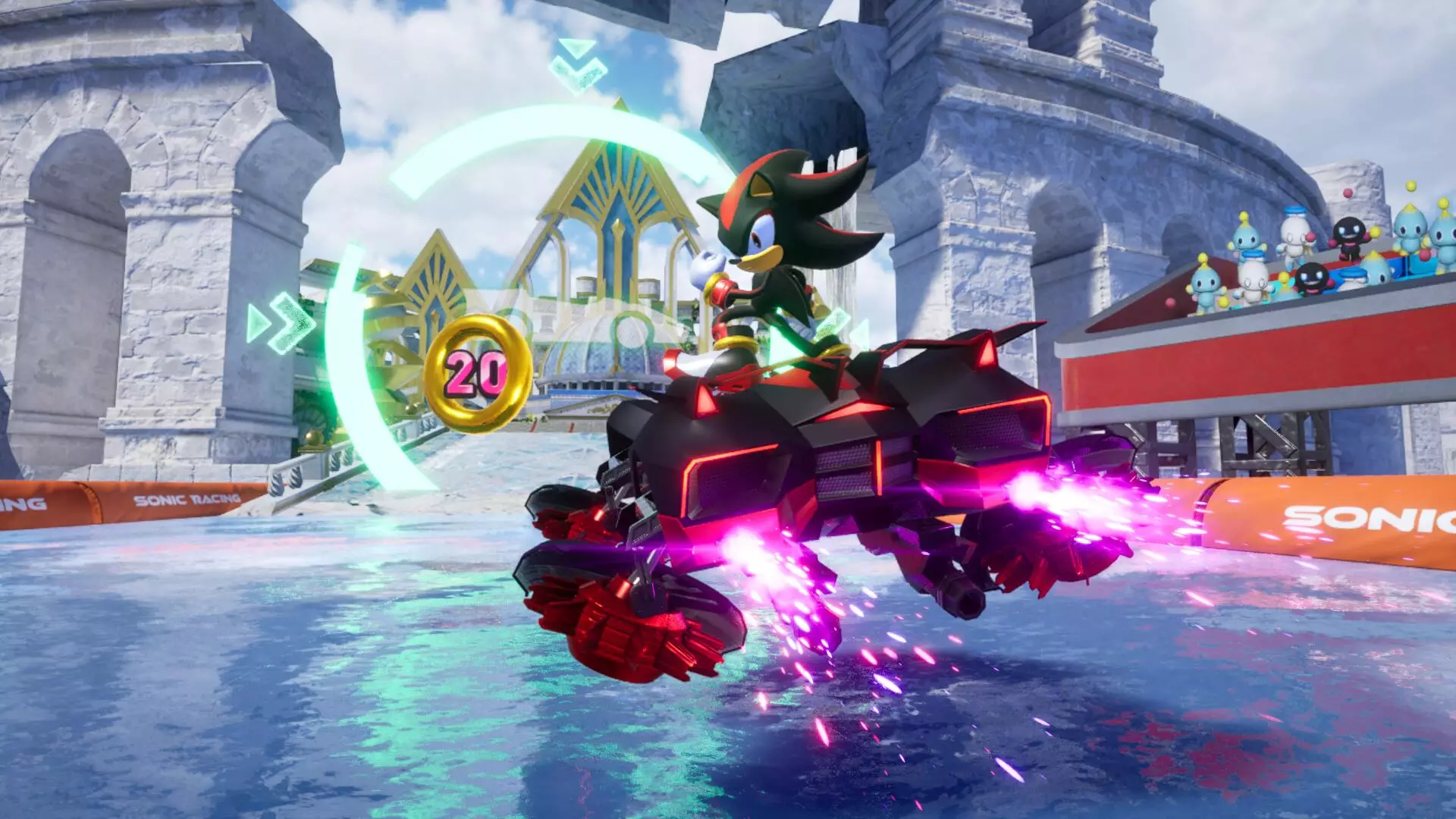In the ever-evolving world of kart racing games, Sonic Racing: CrossWorlds stands out as a bold experiment in gameplay dynamics. Unlike traditional titles where power-ups and random items can skew the competitive balance, Sonic Racing was designed with strategic precision. Developers from both the Sonic and Sega Arcade Racing franchises embarked on a journey to redefine what fair competition means in racing games. This was not just another addition to the genre; it aimed to strip away the chaos brought by item-heavy playstyles for a more skill-based approach.
The Philosophy Behind Game Design
Veteran producer Takashi Iizuka revealed a crucial insight into the design philosophy of Sonic Racing: CrossWorlds during an interview with GamesRadar+. The development team decided to start from the ground up, creating a “balanced, fair” racing experience that highlighted pure racing mechanics before introducing any items. This move shifts the focus from whimsical distractions to honing one’s skills on the track. As Iizuka articulated, their intent was to keep the racing experience engaging and equitable, enabling players to rely on skill rather than luck.
The developers embarked on this journey with a clear goal: to create an environment where competitive racing could thrive without the interference of chaotic elements. By prioritizing vehicle and course design, they laid the groundwork for a racing experience that feels both competitive and enjoyable. This meticulous attention to foundational racing mechanics is a refreshing change from other more chaotic racing games that often overwhelm players with too many interactive elements.
The Role of Continuous Testing
An intriguing aspect of the development process was the emphasis on playtesting. Iizuka mentioned that the team frequently assessed the balance of items even after their initial integration into the game. Items that created frustration or allowed for overly drastic last-minute shifts were systematically removed or altered. This iterative method means that by the time ‘Sonic Racing: CrossWorlds’ reached the players, it reflected a well-thought-out equilibrium between excitement and fairness.
This exhaustive process of refinement is indicative of a broader understanding in game design: player experience should come first. While chaotic elements can add an element of surprise, the Sonic Racing team recognized that maintaining competitive integrity is paramount for player satisfaction. The excitement should stem from skill, precision, and strategy rather than just from the randomness of being hit by a flurry of hazards.
Rethinking Racing for the Modern Gamer
One of the most significant implications of this rigorous design approach is the potential to reshape players’ expectations of kart racing games. The community’s familiar narrative often revolves around last-minute upsets due to power-up mechanics, but with a focus on skill and fair competition, Sonic Racing: CrossWorlds is paving the way for a new era in racing games. This shift offers the promise of thrilling competition, encouraging players to improve their skills rather than relying on random chance to secure victory.
As Sonic and his companions gear up for high-speed thrills, it remains to be seen how this new direction will resonate with fans accustomed to more chaotic racing experiences. However, the principles of fairness and skill may just hit home for modern gamers seeking a more authentic racing challenge. The track is set, and all eyes are on Sonic Racing: CrossWorlds to deliver an exhilarating ride that prioritizes racer skill over chance.

